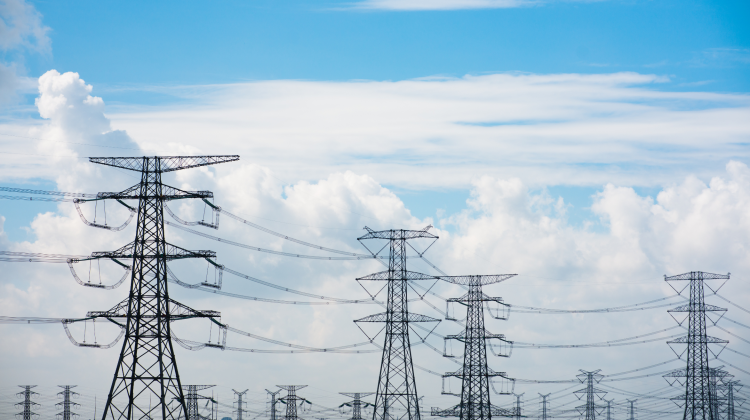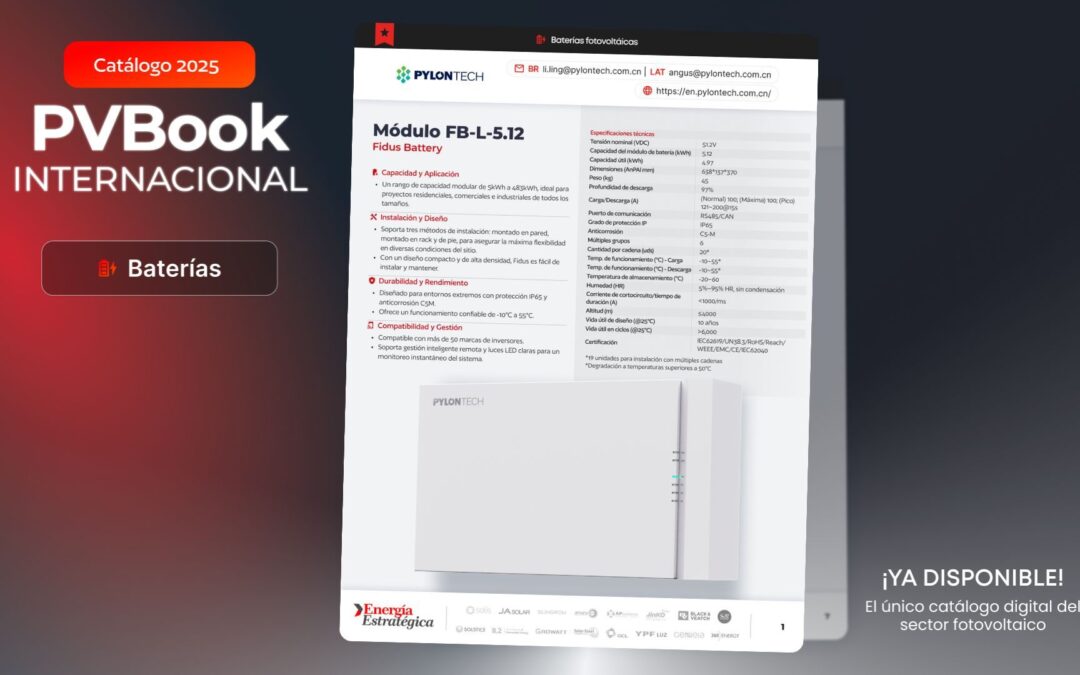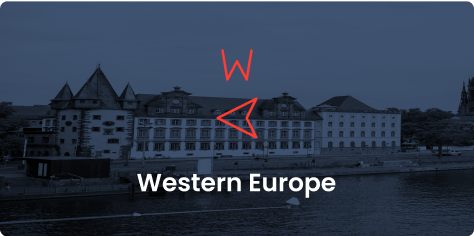The European power system is facing a structural bottleneck. Despite progress in market integration, limited availability of cross-zonal transmission capacity continues to prevent full use of the benefits of an interconnected and flexible grid. This is the main conclusion of the new monitoring report published by the European Union Agency for the Cooperation of Energy Regulators (ACER), which evaluates the state of cross-border electricity trade and congestion management in 2024.
“A more integrated and coordinated electricity market is essential to accommodate increasing renewable generation and reduce reliance on imported fossil fuels,” the agency states. To that end, the EU Electricity Regulation mandates that at least 70% of physical transmission capacity must be made available for cross-zonal trade. However, the actual implementation of this threshold remains far from complete.
Had the 70% minimum requirement been fully enforced across the Core region in 2024, the EU could have generated an additional €580 million in economic welfare. This includes a €664 million increase in consumer surplus, mainly driven by lower electricity prices and reduced volatility in the day-ahead market.
In practice, partial implementation led to the realization of only 40% of the potential gains, as the average margin made available on the most congested lines stood at just 54%.
“Prioritizing internal over cross-zonal flows results in efficiency losses and an uneven distribution of market benefits,” ACER warns.
Inadequate availability of cross-zonal capacity is not just a missed opportunity—it carries a significant financial cost. In 2024 alone, transmission system operators (TSOs) across the EU spent €4.3 billion on remedial actions to manage grid congestion, including redispatching. This corresponds to 60 TWh, roughly equivalent to Austria’s annual electricity consumption.
“As renewable penetration increases and infrastructure development stalls, reliance on costly remedial actions is likely to grow,” the report notes. Indeed, more than 60% of infrastructure projects tracked by ACER were delayed relative to their planned commissioning dates.
Grid reinforcement, including both new lines and non-wire alternatives, is identified as the only sustainable long-term solution to structural congestion.
Summer 2024 saw a wave of extreme price spikes in South-East Europe, especially during the evening peak hours. Temperatures surged, solar generation dropped sharply after sunset, and electricity prices soared to as high as €1,000/MWh. In total, 147 major price spikes were recorded in the region.
According to ACER, meeting the 70% capacity requirement could have avoided roughly half of these events, providing the flexibility needed to import electricity from lower-priced neighboring zones.
“Cross-zonal trade proved essential for system flexibility,” the agency asserts.
While the day-ahead market remains the EU’s primary electricity trading platform, intraday markets are becoming increasingly important to accommodate renewable variability. However, applying the 70% requirement in intraday markets is more challenging due to limited time for TSOs to activate remedial actions.
Additionally, structural barriers such as loop flows—unintended power flows across neighboring networks—continue to complicate compliance. Several TSOs in the Core region still rely on derogations, with persistent congestion particularly visible in Austria, Slovakia, and France.
To unlock the full benefits of cross-zonal trade, ACER emphasizes the need for urgent grid infrastructure deployment and more efficient use of existing assets. The agency also supports reconfiguration of bidding zones to better reflect physical grid constraints.
According to simulations, redispatching volumes could be cut by up to 60% under a more granular bidding zone design. In one scenario, splitting the Germany-Luxembourg zone into five separate areas produced a dramatic reduction in congestion and increased price convergence.
“Maximizing cross-zonal capacity is essential to ensure an efficient, secure, and climate-neutral electricity system,” concludes the report.






























